In the United States, there are approximately 170,000 public drinking water systems, with 54,000 of them collectively delivering water to more than 264 million people, more than half of the country’s population. Unfortunately, due to the state of our nation’s drinking water system, limited infrastructure funds, and climate change, we are losing approximately seven billion gallons of water a day.
So where exactly is that water going?
Non-Revenue Water Crisis
Non-revenue water (NRW) is water that has been, essentially, dined and dashed, or water that has been consumed but not paid for by way of inaccurate meter reads or theft. Additionally, leaks in the system can be a major contributor to NRW.
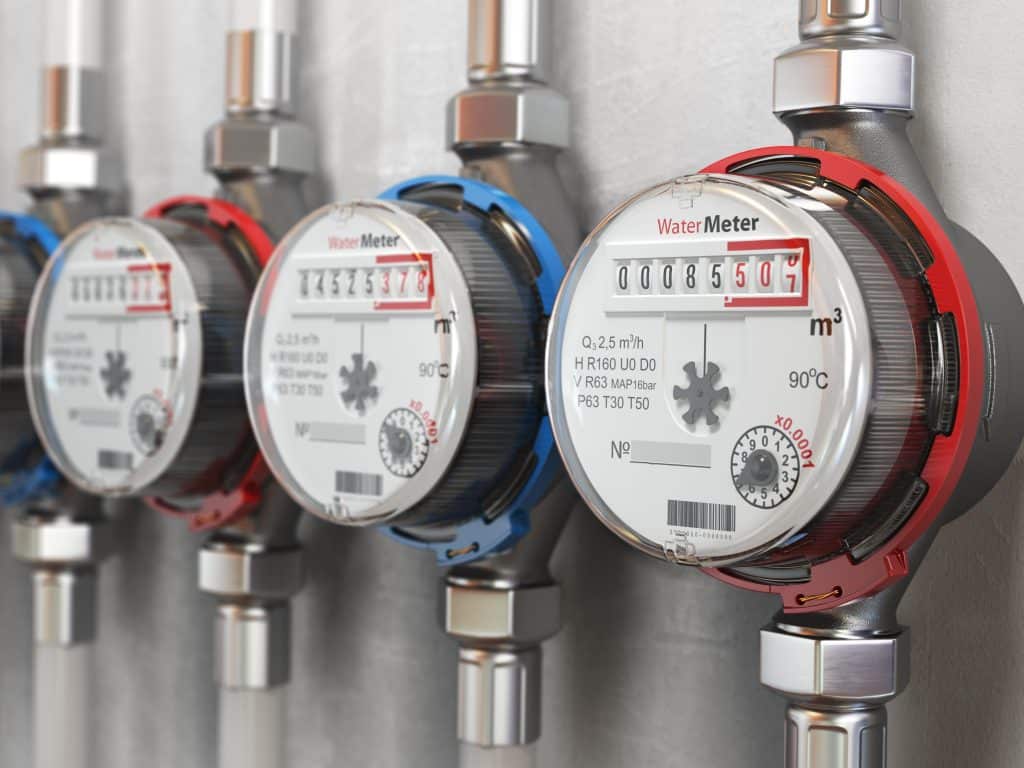
With NRW comes two main types of loss: apparent and real loss. Apparent losses occur when water is delivered to the consumer but is either measured or metered incorrectly. Real losses occur when water is physically lost and never makes it to the consumer. While a very small amount of NRW comes from firefighting, hydrant flushing, municipal construction, and street sweeping, this is considered to be an “unbilled metered” source of NRW and is not considered a part of the “real loss” crisis. (You can find more information on different forms of NRW here.)
So, how does this affect the general public? Well, if you use less water, your monthly bill will go down, as with any typical utility. However, if water is being lost within the plumbing in your house, and there is a higher demand, your monthly bill will be raised. In fact, the average household in the US loses approximately 10,000 gallons of water a year, meaning NRW affects, quite literally, everyone.
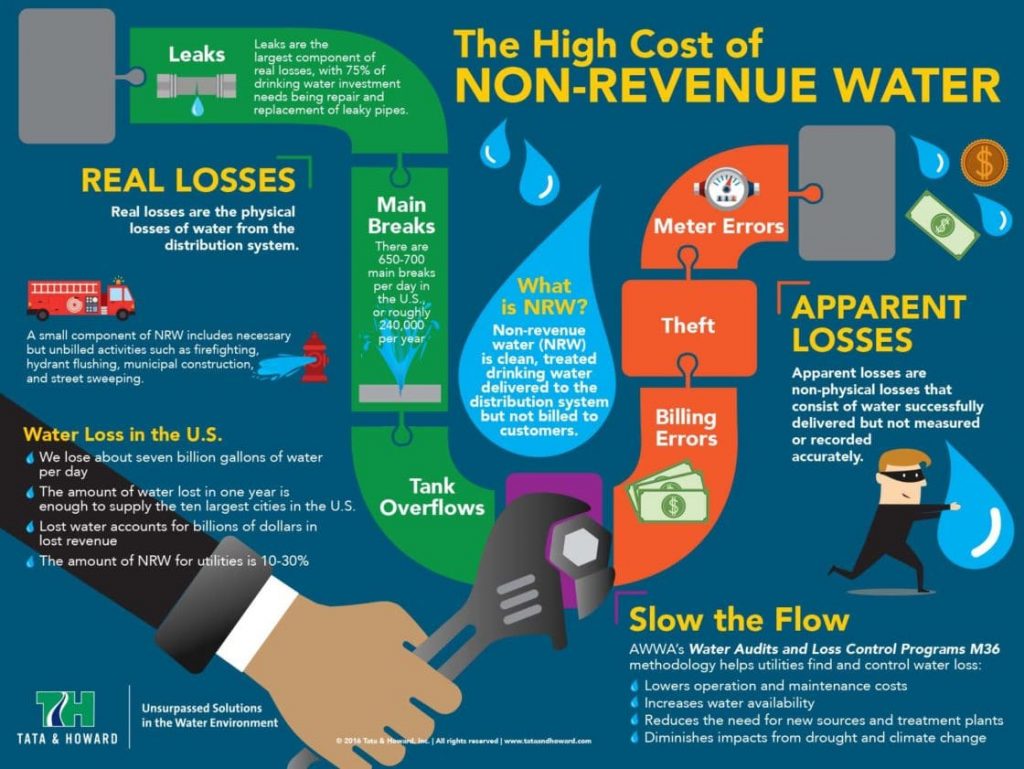
Hundred-Year-Old Pipes
In the United States, there are an average of 240,000 water main breaks every year, with approximately 650 to 700 happening per day. Unfortunately, this information isn’t entirely shocking given that a large amount of our nation’s pipes and mains are over a hundred years old and in need of critical replacement in order to prevent further breaks. As it turns out, 75% of drinking water investment needs are for repairing and replacing leaky pipes.
Drinking water system component parts have an average life expectancy of fifteen to ninety-five years, so while new pipes are being added to expand our current systems, other parts are continuing to degrade. Degrading leads to water main and pipe leaks, which not only disrupt service to customers, but can also cause the subsurface of our roads and public infrastructures to erode which, when untreated, can eventually lead to road collapses and deteriorating building foundations. Just as concerning, broken or leaking pipes invite the potential for toxins and disease-causing pathogens to enter the water supply, causing water quality issues that require mitigation — yet another expense.
Why Water Audits?
To fix all of our water distribution systems, it would cost the United States approximately $200 billion, and almost half of that money would be allocated for water loss control. With water audits, the most critical areas can be identified first so the (already limited) funds can be dedicated solely to repairing the infrastructure. From there, water audits can help municipalities develop strategies and courses of action for future problem areas; recapture lost water; decrease the need for new sources, treatment plants, facility upgrades and expansions; and reduce the number of entry points to disease-causing pathogens.
Water audits follow the M36 Water Audit methodology from American Water Works Association (AWWA) and are an affordable and efficient solution to increasing water availability and helping to identify the costs and causes of water loss. In the past, Tata & Howard has been retained by the Towns of Wayland and Grafton, MA, and South Central Connecticut Regional Water Authority (SCCRWA) to complete water audits to determine the volume at which NRW is occurring, potential sources of the lost water, and make recommendations on how to reduce future water loss.
For more information on water loss control and the M36 methodology, take a look at our webinar here.


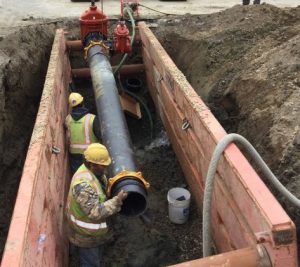 Financing for The Clean Water SRF Program helps municipalities with federal and state compliance water-quality requirements, focusing on stormwater and watershed management priorities, and green infrastructure. The Drinking Water SRF Program, provides low-interest loans to communities to improve their drinking water safety and water supply infrastructure.
Financing for The Clean Water SRF Program helps municipalities with federal and state compliance water-quality requirements, focusing on stormwater and watershed management priorities, and green infrastructure. The Drinking Water SRF Program, provides low-interest loans to communities to improve their drinking water safety and water supply infrastructure.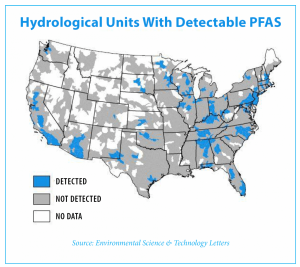 According the Environmental Protection Agency (EPA), all these UCMR 3 PFAS compounds have been detected in public water supplies across the US. Since PFAS are considered emerging contaminants, there are currently no established regulatory limits for levels in drinking water. However, in 2016, the EPA set Health Advisory levels (HA) of 0.07 micrograms per liter (µg/L) or 70 parts per trillion (ppt) for the combined concentrations of two PFAS compounds, PFOS and PFOA.
According the Environmental Protection Agency (EPA), all these UCMR 3 PFAS compounds have been detected in public water supplies across the US. Since PFAS are considered emerging contaminants, there are currently no established regulatory limits for levels in drinking water. However, in 2016, the EPA set Health Advisory levels (HA) of 0.07 micrograms per liter (µg/L) or 70 parts per trillion (ppt) for the combined concentrations of two PFAS compounds, PFOS and PFOA.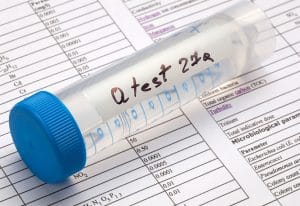 The EPA also recommends that treatment be implemented for all five PFAS when one or more of these compounds are present.
The EPA also recommends that treatment be implemented for all five PFAS when one or more of these compounds are present.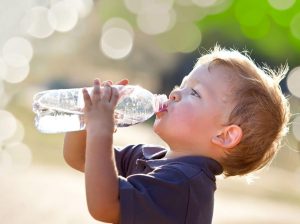 Most research on the effects of PFAS on human health is based on animal studies. And, although there is no conclusive evidence that PFAS cause cancer, animal studies have shown there are possible links. However, PFAS ill-health effects are associated with changes in thyroid, kidney and liver function, as well as affects to the immune system. These chemicals have also caused fetal development effects during pregnancy and low birth weights.
Most research on the effects of PFAS on human health is based on animal studies. And, although there is no conclusive evidence that PFAS cause cancer, animal studies have shown there are possible links. However, PFAS ill-health effects are associated with changes in thyroid, kidney and liver function, as well as affects to the immune system. These chemicals have also caused fetal development effects during pregnancy and low birth weights. Municipal water treatment and distribution requires an exorbitant amount of resources, wreaking havoc on the environment and on budgets. And it’s getting worse. Over the past several years, operating costs have consistently been on the rise, while municipal budgets continue to shrink. In addition, regulatory requirements are increasing, forcing municipalities to upgrade treatment processes ahead of schedule. These changes result in limited unsustainable systems and utilities scrambling to find ways to manage their insufficient operational budgets while maintaining levels of service. The good news is that low-cost initiatives exist that can provide quick and significant cost and environmental savings and increase system sustainability.
Municipal water treatment and distribution requires an exorbitant amount of resources, wreaking havoc on the environment and on budgets. And it’s getting worse. Over the past several years, operating costs have consistently been on the rise, while municipal budgets continue to shrink. In addition, regulatory requirements are increasing, forcing municipalities to upgrade treatment processes ahead of schedule. These changes result in limited unsustainable systems and utilities scrambling to find ways to manage their insufficient operational budgets while maintaining levels of service. The good news is that low-cost initiatives exist that can provide quick and significant cost and environmental savings and increase system sustainability.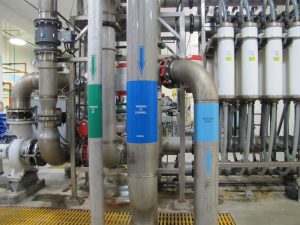

 Efficiency and sustainability are no longer considered luxuries for water systems. Rather, incorporating green initiatives into infrastructure design and operational standards has become crucial to the future sustainability of water systems. And while utilities today value cost-effectiveness over environmentalism due to the criticality of their budgets, there will likely be a shift in thinking as these systems ease the burden of their unsustainable operational costs through effective practices such as efficiency and water loss reduction.
Efficiency and sustainability are no longer considered luxuries for water systems. Rather, incorporating green initiatives into infrastructure design and operational standards has become crucial to the future sustainability of water systems. And while utilities today value cost-effectiveness over environmentalism due to the criticality of their budgets, there will likely be a shift in thinking as these systems ease the burden of their unsustainable operational costs through effective practices such as efficiency and water loss reduction. World Water Week is an annual event organized by the Stockholm International Water Institute (SIWI) that focuses on global water issues, and this year’s theme is “Water and Waste: Reduce and Reuse.” The main event takes place in Stockholm, Sweden where experts, innovators, stakeholders, and young professionals from various sectors around the globe will come together to share ideas, foster relationships, and develop innovative solutions to the world’s most urgent water-related problems. In 2016, over 3,300 individuals and over 330 organizations from 130 countries around the world participated in World Water Week, and the expectation is that 2017 will see at least those numbers. Through this year’s theme, World Water Week is focusing on two targets addressed by the Sustainable Development Goals (SDGs) of the UN’s 2030 Agenda for Sustainable Development including improving water quality and reducing waste by 2030 in order to help achieve sustainable development in a rapidly changing world.
World Water Week is an annual event organized by the Stockholm International Water Institute (SIWI) that focuses on global water issues, and this year’s theme is “Water and Waste: Reduce and Reuse.” The main event takes place in Stockholm, Sweden where experts, innovators, stakeholders, and young professionals from various sectors around the globe will come together to share ideas, foster relationships, and develop innovative solutions to the world’s most urgent water-related problems. In 2016, over 3,300 individuals and over 330 organizations from 130 countries around the world participated in World Water Week, and the expectation is that 2017 will see at least those numbers. Through this year’s theme, World Water Week is focusing on two targets addressed by the Sustainable Development Goals (SDGs) of the UN’s 2030 Agenda for Sustainable Development including improving water quality and reducing waste by 2030 in order to help achieve sustainable development in a rapidly changing world.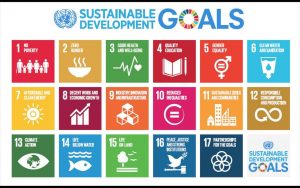
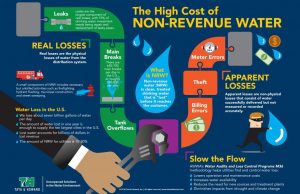 Communities lose millions of gallons of water
Communities lose millions of gallons of water
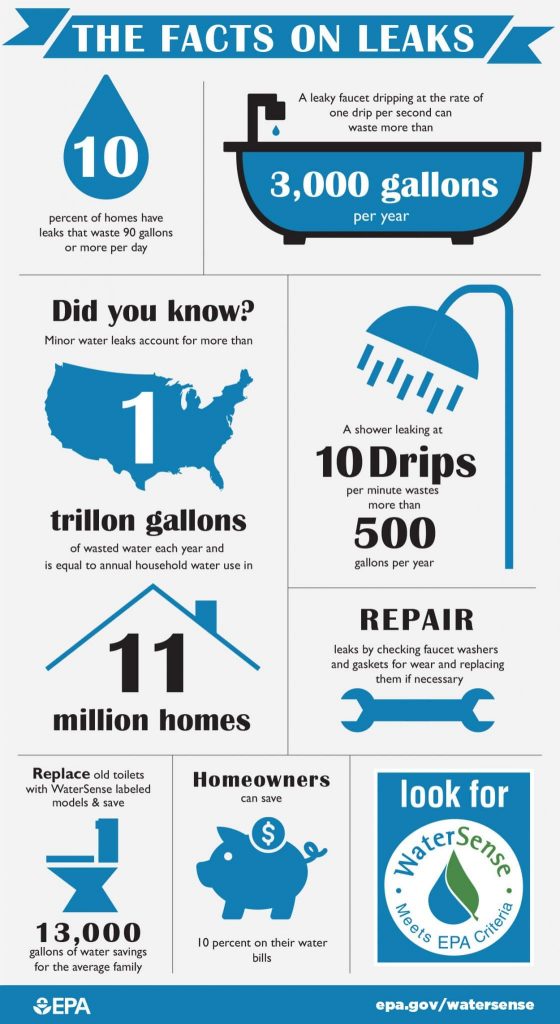
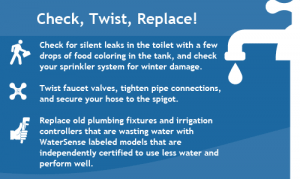 A good method to check for leaks is to examine your winter water usage. It’s likely that a family of four has a serious leak problem if its winter water use exceeds 12,000 gallons per month.
A good method to check for leaks is to examine your winter water usage. It’s likely that a family of four has a serious leak problem if its winter water use exceeds 12,000 gallons per month.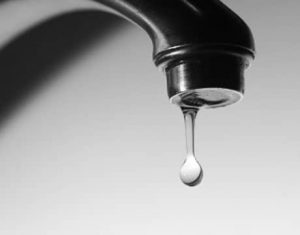 A leaky faucet that drips at the rate of one drip per second can waste more than 3,000 gallons per year. That’s the amount of water needed to take more than 180 showers!
A leaky faucet that drips at the rate of one drip per second can waste more than 3,000 gallons per year. That’s the amount of water needed to take more than 180 showers!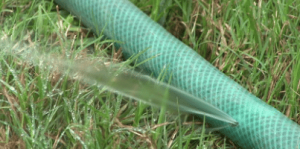 An irrigation system should be checked each spring before use to make sure it was not damaged by frost or freezing.
An irrigation system should be checked each spring before use to make sure it was not damaged by frost or freezing.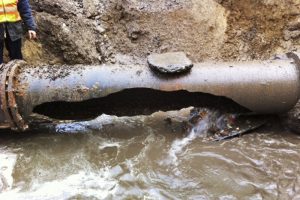
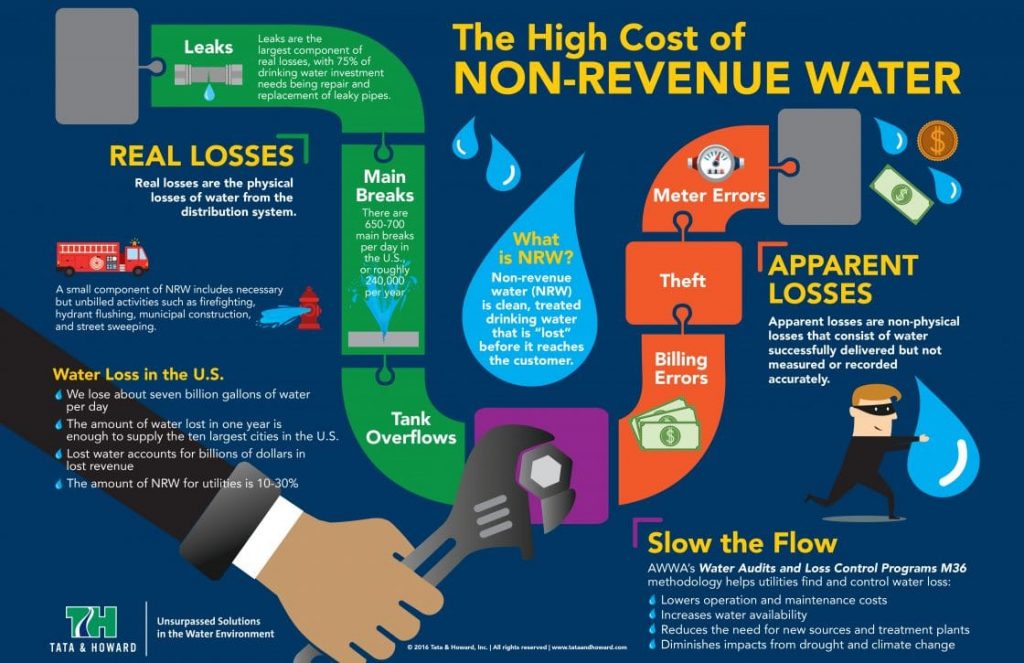 Feel free to share the above infographic (with attribution),
Feel free to share the above infographic (with attribution),  Water systems today face a set of problems that are unique to this generation. While our nation’s buried infrastructure is crumbling beneath our feet as it reaches the end of its useful life, supplies are dwindling, budgets are shrinking, and federal and state funding is drying up. At the same time, regulatory requirements continue to increase as emerging contaminants are identified. Water systems often find themselves in the quandary of whether to upgrade treatment systems to comply with these new regulations or update assets that are long overdue for replacement or rehabilitation.
Water systems today face a set of problems that are unique to this generation. While our nation’s buried infrastructure is crumbling beneath our feet as it reaches the end of its useful life, supplies are dwindling, budgets are shrinking, and federal and state funding is drying up. At the same time, regulatory requirements continue to increase as emerging contaminants are identified. Water systems often find themselves in the quandary of whether to upgrade treatment systems to comply with these new regulations or update assets that are long overdue for replacement or rehabilitation. In addition to addressing capital efficiency, water utilities of today must also address operational efficiency. Because water systems are required to do so much with so little, efficiency in all aspects of water system management is critical. Tata & Howard appreciates the unique set of challenges faced by water systems today, and we have experts on staff who understand the inner workings of a water utility – and how to improve them.
In addition to addressing capital efficiency, water utilities of today must also address operational efficiency. Because water systems are required to do so much with so little, efficiency in all aspects of water system management is critical. Tata & Howard appreciates the unique set of challenges faced by water systems today, and we have experts on staff who understand the inner workings of a water utility – and how to improve them.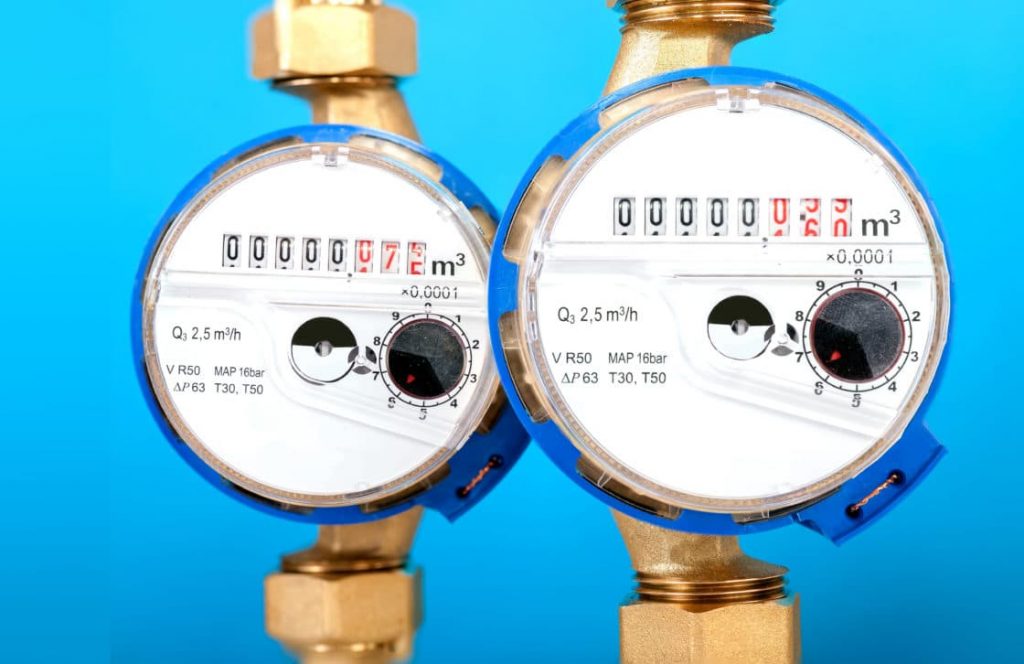 Besides improving operational and capital efficiency, water systems of today must reduce non-revenue water. Non-revenue water is treated drinking water that has been pumped but is lost before it ever reaches the customer, either through real losses such as leaks, or through apparent losses such as theft or metering issues. In the United States, water utilities lose about 20% of their supply to non-revenue water. Non-revenue water not only affects the financial health of water systems, but also contributes to our nation’s decreasing water supply. In fact, the amount of water “lost” over the course of a year is enough to supply the entire State of California for that same year. Therefore, the AWWA recommends that every water system conduct an annual water audit using M36: Water Audits and Loss Control methodology to accurately account for real and apparent losses.
Besides improving operational and capital efficiency, water systems of today must reduce non-revenue water. Non-revenue water is treated drinking water that has been pumped but is lost before it ever reaches the customer, either through real losses such as leaks, or through apparent losses such as theft or metering issues. In the United States, water utilities lose about 20% of their supply to non-revenue water. Non-revenue water not only affects the financial health of water systems, but also contributes to our nation’s decreasing water supply. In fact, the amount of water “lost” over the course of a year is enough to supply the entire State of California for that same year. Therefore, the AWWA recommends that every water system conduct an annual water audit using M36: Water Audits and Loss Control methodology to accurately account for real and apparent losses.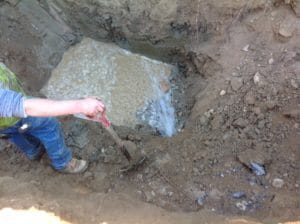
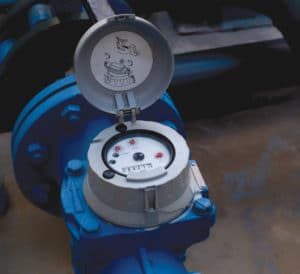
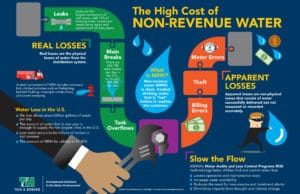
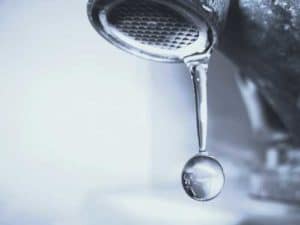 distribution systems. Water audits are a vital step toward reducing lost water while improving water infrastructure. We lose billions of dollars every year to NRW — money that could be used to improve our infrastructure or to support other clean water initiatives. Water lost is water and money wasted, and the less NRW a utility has, the better off it — and its customers — will be.
distribution systems. Water audits are a vital step toward reducing lost water while improving water infrastructure. We lose billions of dollars every year to NRW — money that could be used to improve our infrastructure or to support other clean water initiatives. Water lost is water and money wasted, and the less NRW a utility has, the better off it — and its customers — will be.